Interesting Composition Techniques to Up Your Photography Aesthetic
For a great photo, it must include certain properties. One such property is called composition; the positioning of objects in the frame in a way that focuses the viewer’s eye on what is the most interesting or important area. There are many ways to execute good composition in a photo, but this article gives five composition techniques you may not have heard of before.
Frame within a frame

Credit: jepalmer100
EOS R, RF24-70mm F2.8 L IS USM, f/14, ISO 100, 1/160s, 24mm
This composition is a great way to lead your viewers’ eye into the photo while simultaneously adding depth and context. Use foreground frames where the frame comes before the object, or a background frame where the frame serves as the object’s backdrop.
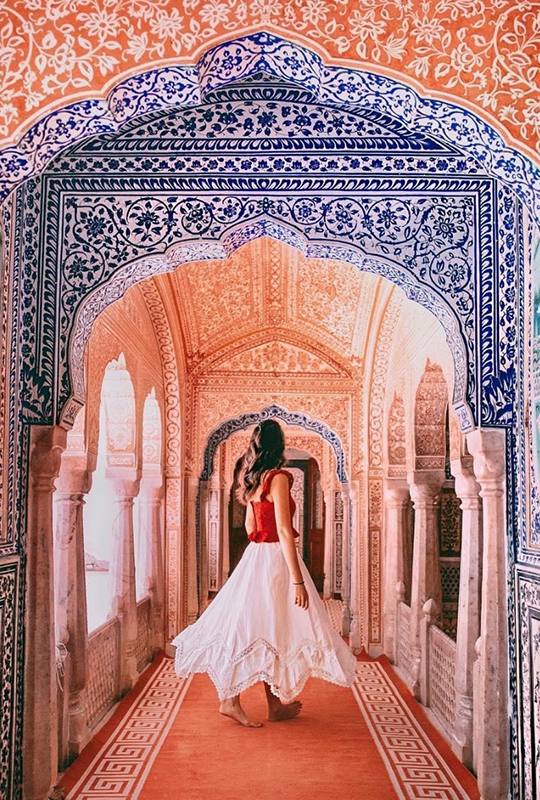
Credit: amebeverly
EOS 5D Mark III, f/4, 1/320s, 28mm
Rules of Odds
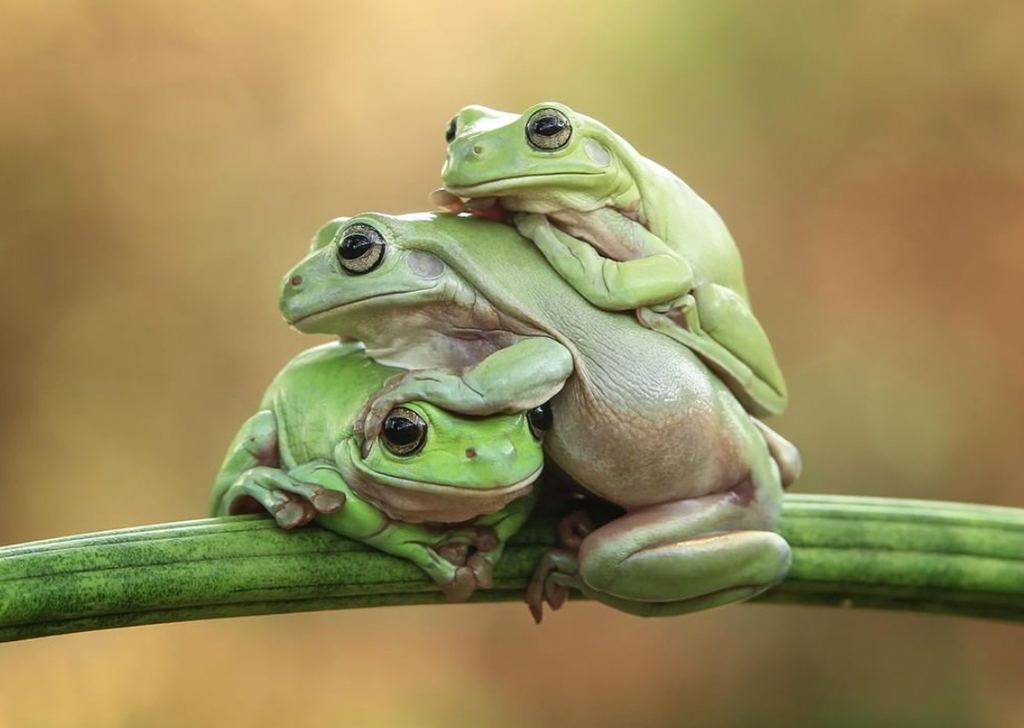
Credit: yensen_tan
Canon 60D, f/5.6, ISO 500, 1/125s, 128mm
You may have heard of the rule of thirds, but perhaps not the rule of odds. When we look at an image with an even number of objects, our minds instinctively pair them up. The rule of odds throws that process into disarray by deliberately having an odd number of objects in the image.
The brain treats any number of objects over 9 as a collective group, which means the rule of odds has no impact. Therefore, keep the number of objects in the single digits. Try it yourself by taking photos of things you have at home, such as fruit, cups, pencils etc., and use a simple background to avoid unwanted distractions.
Golden Triangle
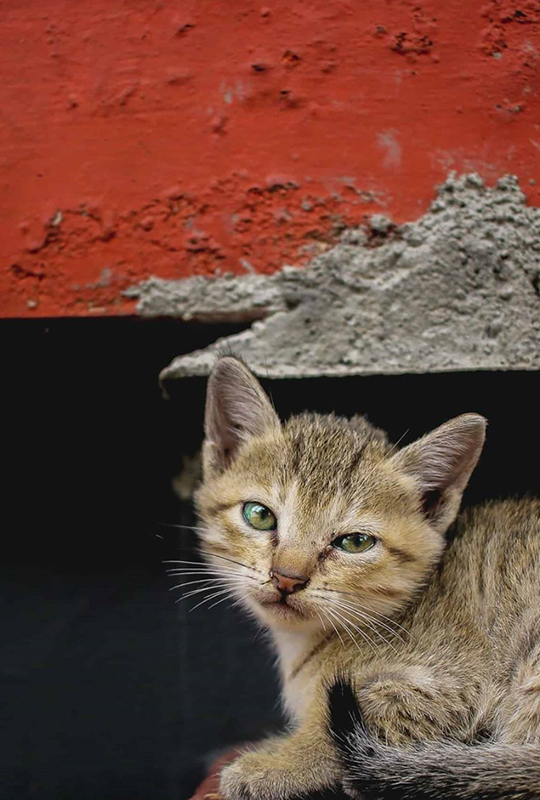
Credit: a.k.h.i.l.n
EOS 1200D, EF-S 24mm f/2.8 STM, f/2.8, ISO 200, 1/500s, 24mm
The golden triangle is a composition technique to help draw your eye to a certain area. It’s useful because it encourages you to think in diagonals when shooting, which offers more dynamic compositions. And the steps are simple:
- Begin with a rectangle (your viewfinder or frame), then plot a diagonal line from its bottom left to its top-right
- Next, plot a perpendicular line from the bottom right to where the line intersects the prior diagonal line at a 90
° angle - Where the lines cross is called the “eye”, where the key focus of your image should be
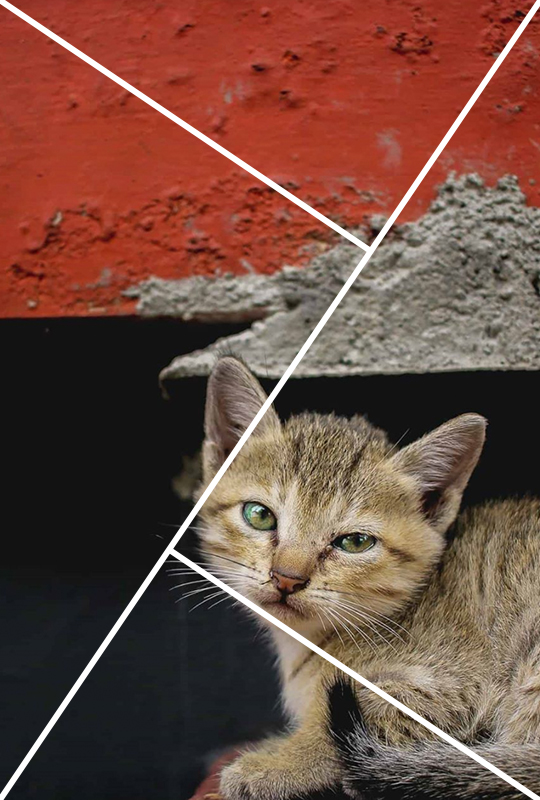
To note, the “eye” does not always need to be in the top-right hand corner of your shot. Readjust your golden triangle to suit where you want your focus to be.
Negative Space
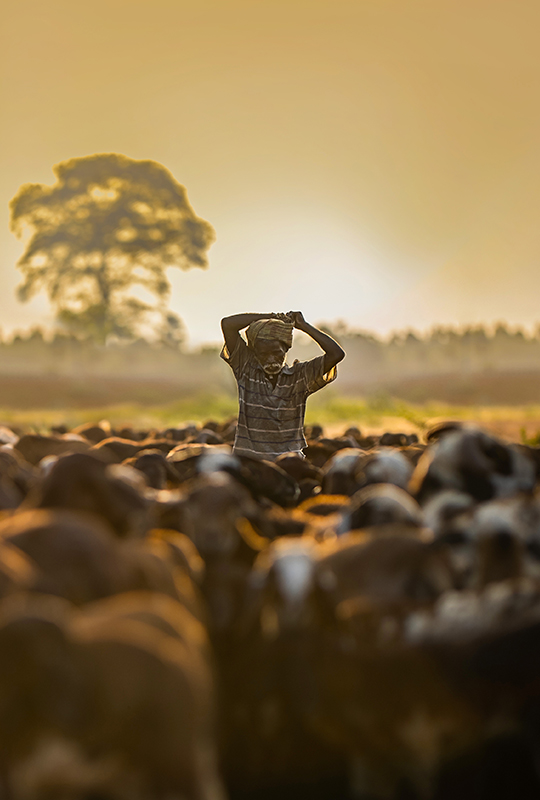
Credit: prashanth_bionic
Canon EOS R, RF85mm f/1.2L USM, f/1.2, ISO 100, 1/2500s, 85mm
Negative space is the area between and around the main subject in your photo. It’s a great technique to help draw out shapes and sizes more effectively, and to produce a cleaner composed image.
When used properly, negative space sets a natural balance against the positive space (the main subject) in a scene. The best way to execute this technique is to ignore the objects in the scene altogether and just concentrate on the gaps between and around them.
Fill the Frame
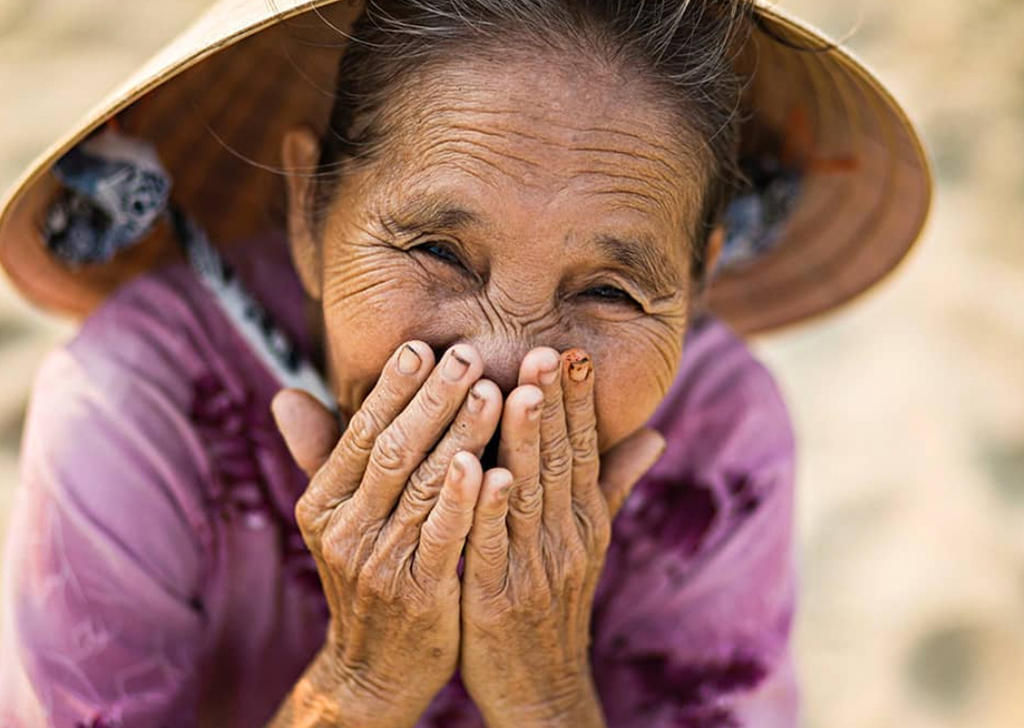
Credit: rehahn_photography
EOS 5D Mark IV, EF85mm f/1.8 USM, f/1.8, 1/3200s, ISO 200, 85mm
Many photos are taken from a respectful distance from the subject, partly due to convention, and partly because you don’t want to be rude if it’s a person! As this example demonstrates, when you move closer your subject fills the frame and your background is eliminated, creating the feeling of intimacy, almost as though you are there with her.
However, if you or your subject doesn’t feel comfortable with the close-up, you can always zoom or crop the image later, so there are definitely ways around getting your fill the frame shot.
These are just a few of many compositions you can play with to get more interesting results. Don’t be afraid to experiment and play around with both the above composition techniques and any others you might come across. Don’t limit your creativity! For more in-depth articles on compositions, check it out here: Rule of Odds vs Rule of Symmetry, Rule of Space and composition basics if you are new!
































